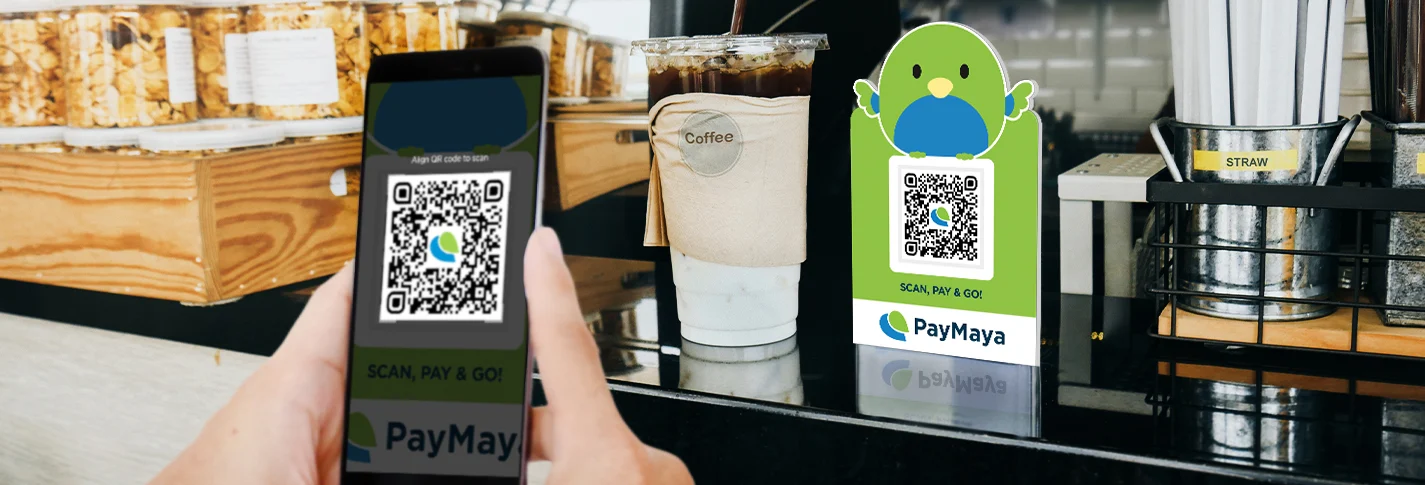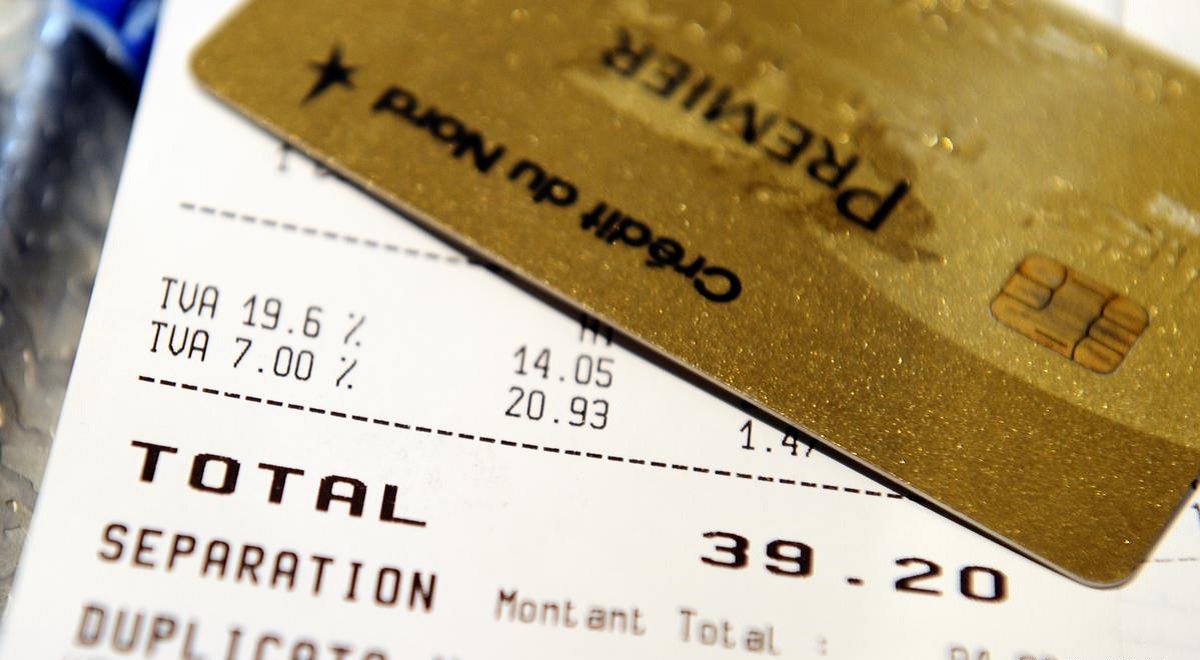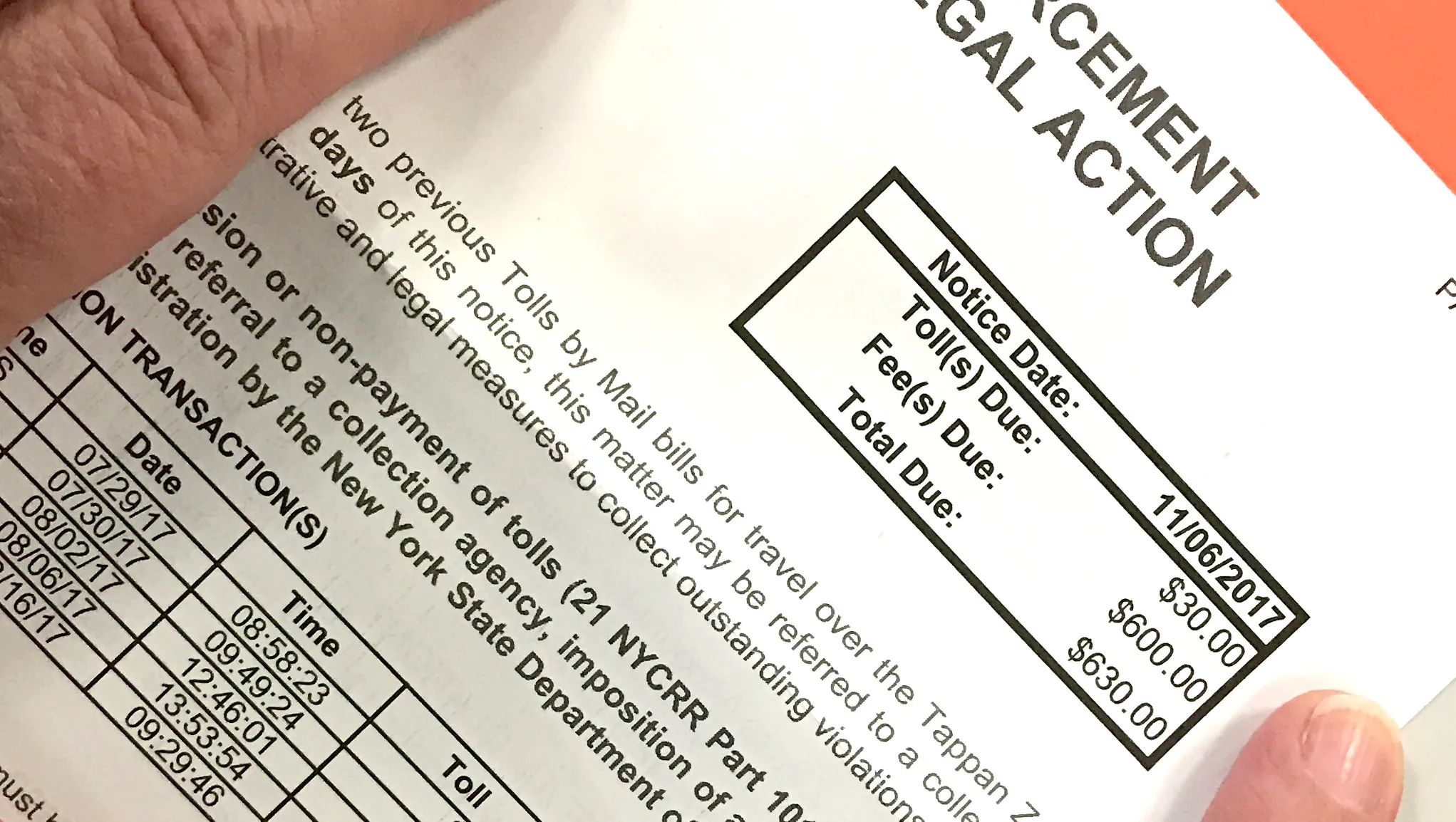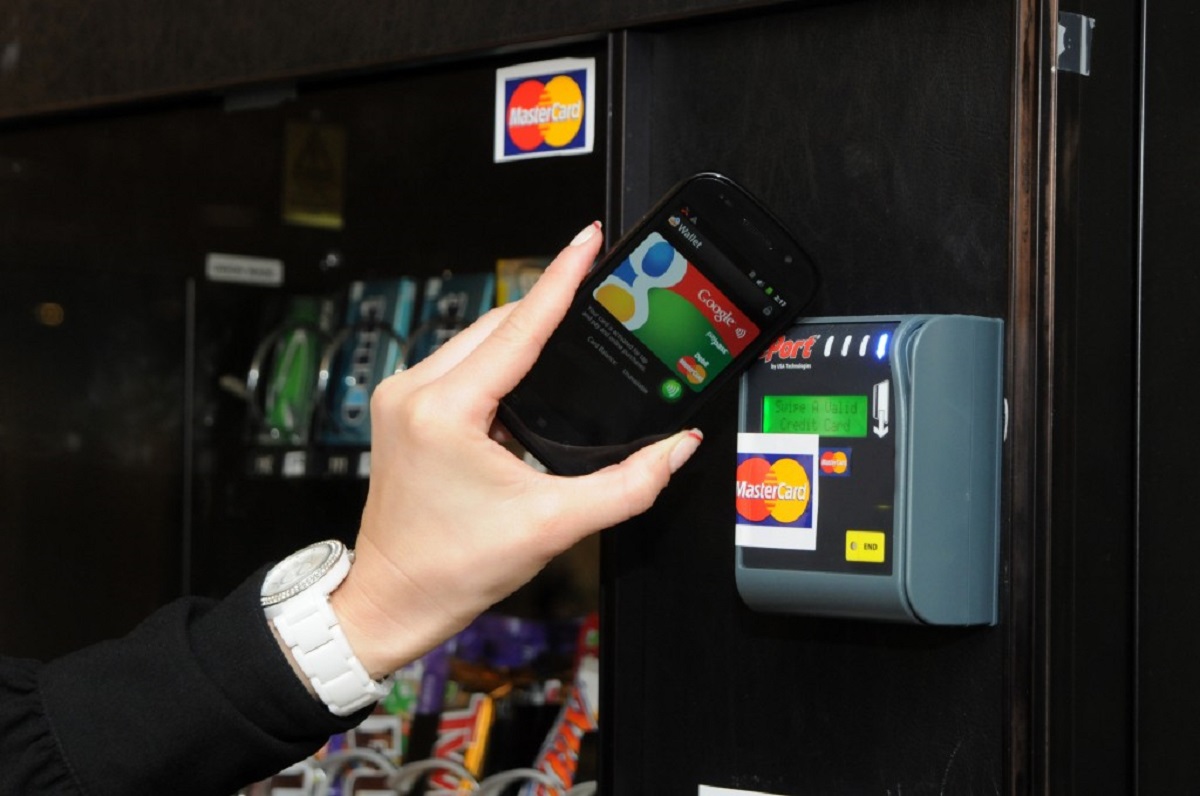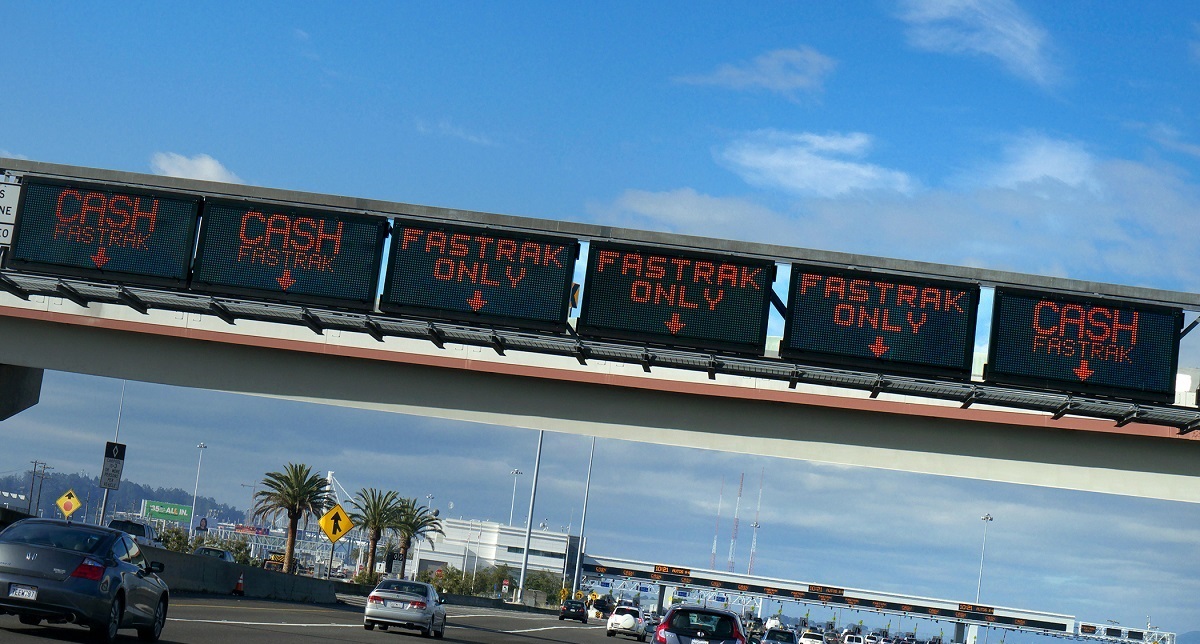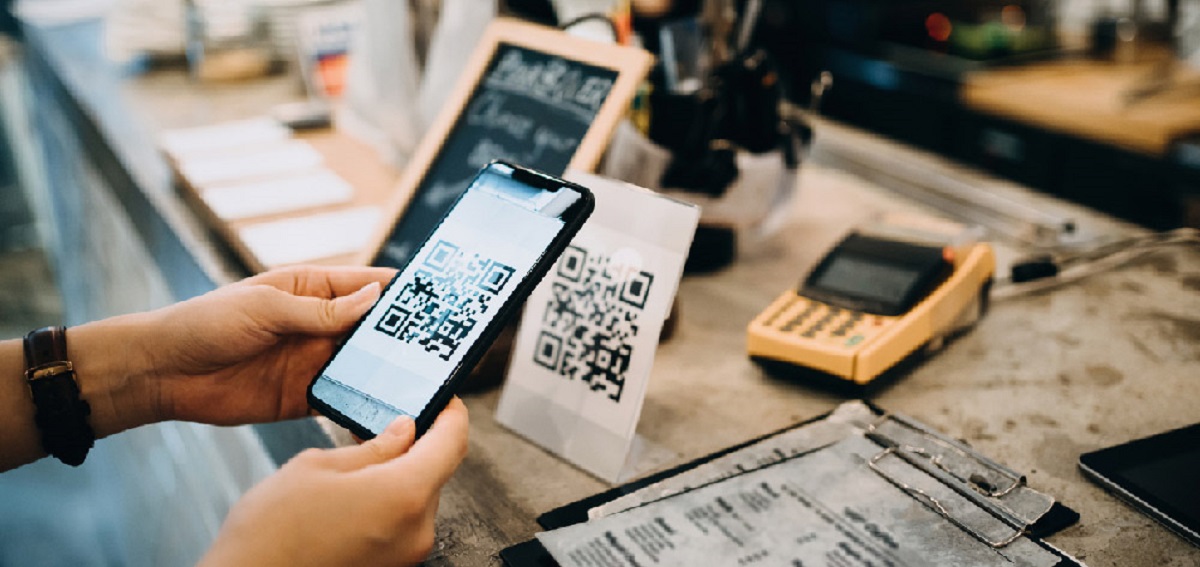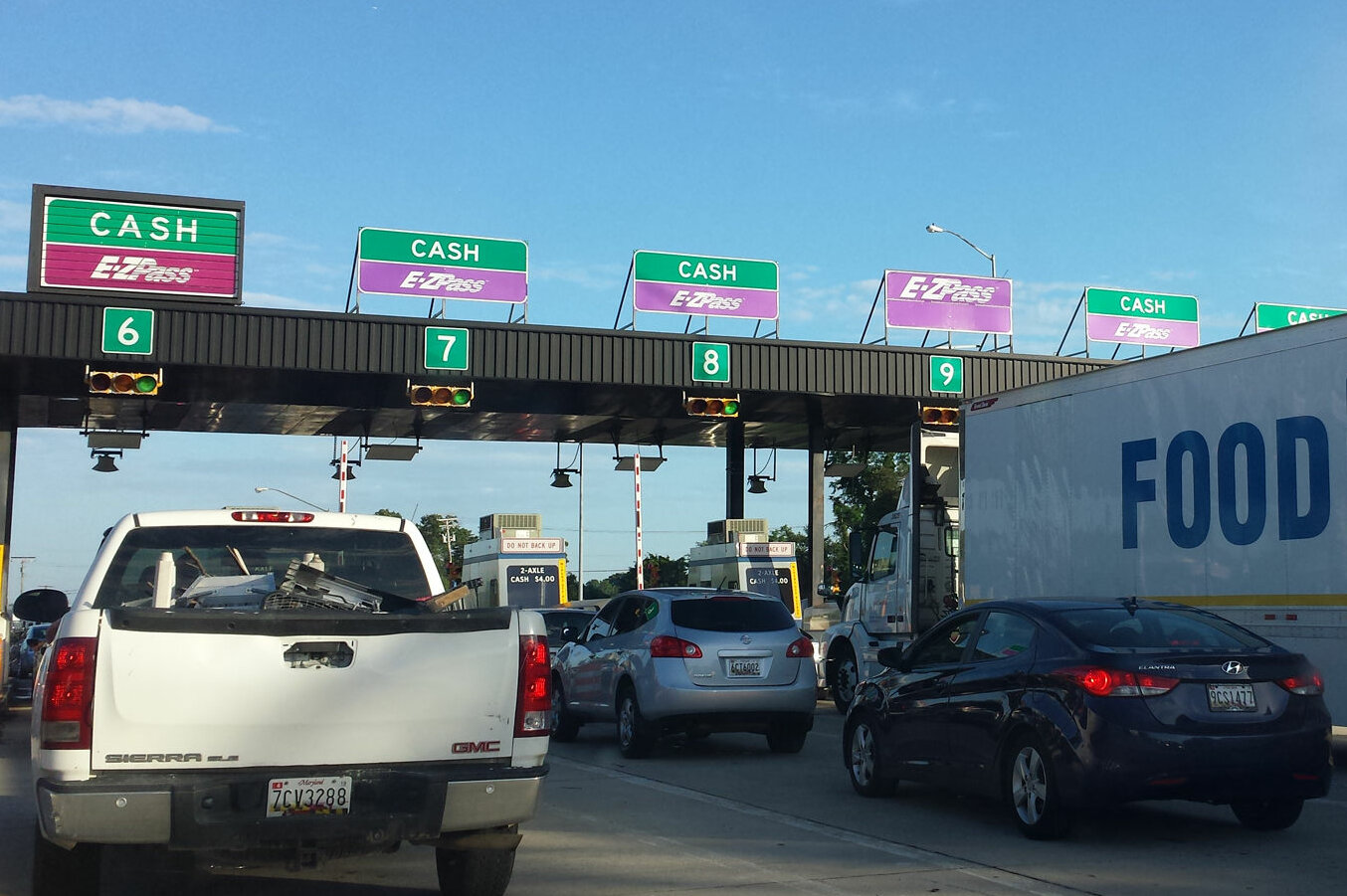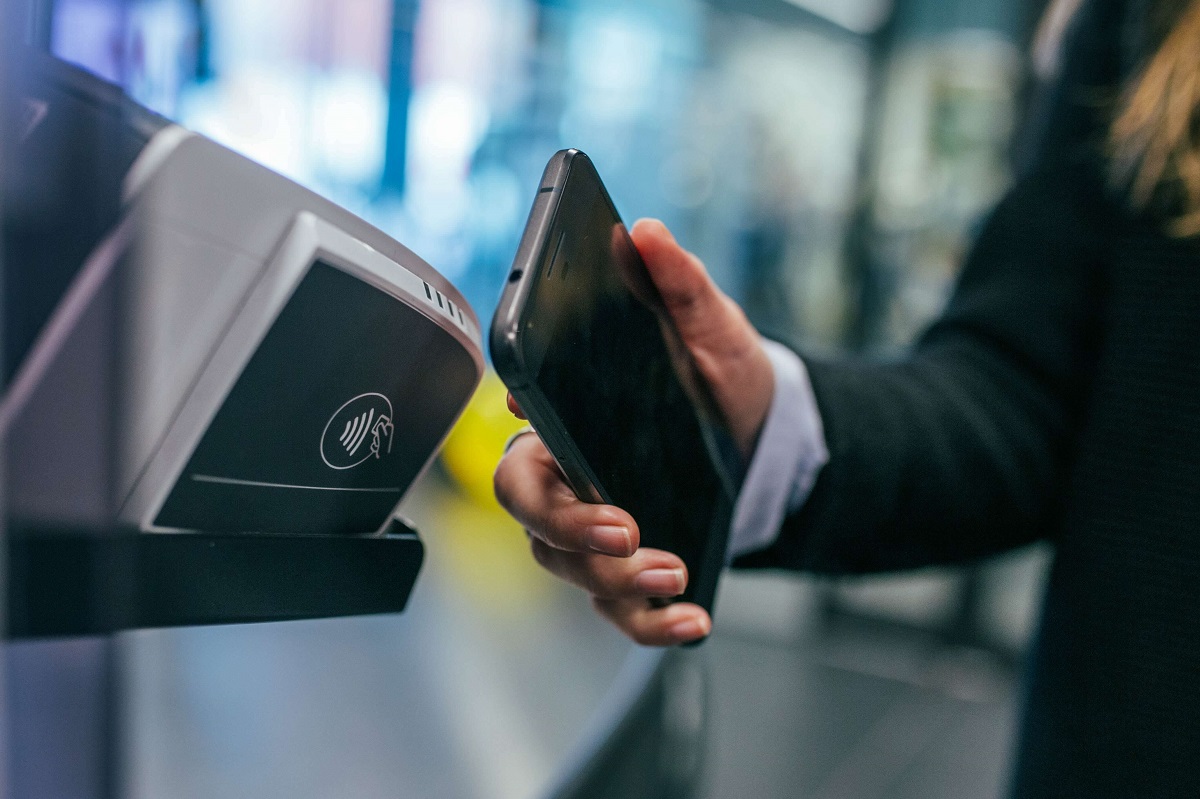Introduction
Cashless payment refers to the increasingly popular method of conducting transactions without the need for physical currency. With the rapid advancement of technology, cashless payment options such as credit cards, mobile payments, and digital wallets have gained momentum worldwide. This shift towards cashless transactions has revolutionized the way we make purchases and exchange money.
The convenience, efficiency, and security offered by cashless payment systems have made them a preferred choice for many individuals and businesses. Gone are the days of fumbling for exact change or worrying about carrying large sums of cash. With just a few taps on a smartphone or a swipe of a card, transactions are completed swiftly and effortlessly.
Cashless payment methods offer a range of advantages that go beyond mere convenience. This article will discuss the benefits of cashless payments, including the safety and security they provide, the ability to track and budget expenses, the environmental advantages of reducing paper usage, and the potential cost savings they can offer. We will also explore how cashless payments drive innovation and technological advancements and support economic growth. Lastly, we will highlight the impact of cashless payments on financial inclusion, enabling access to financial services for the unbanked population.
Overall, the rise of cashless payment methods has had a profound impact on our daily lives and the global economy. As we delve into the various advantages, it becomes clear that embracing cashless payment systems brings numerous benefits for individuals, businesses, and society as a whole.
Convenience and Efficiency
One of the primary benefits of cashless payment methods is the unparalleled convenience and efficiency they offer. With cashless transactions, there is no need to carry around bulky wallets or worry about having exact change. Whether it’s online shopping, dining out, or paying bills, cashless payment options provide a seamless and hassle-free experience.
Mobile payment apps and digital wallets have become increasingly popular, allowing consumers to make purchases with just a tap on their smartphones. The ability to store multiple payment methods in a single device eliminates the need to carry multiple cards or cash. Furthermore, many retailers now offer contactless payment options, allowing customers to simply wave their cards or smartphones over a reader to complete a transaction. This reduces wait times and improves the overall shopping experience.
In addition to convenience, cashless payments also contribute to increased efficiency. Traditional cash transactions involve counting bills, providing change, and manual recordkeeping. On the other hand, cashless payments streamline the entire process, reducing checkout times and eliminating the risk of errors in calculations. This not only benefits consumers but also businesses by allowing faster and more accurate transactions.
Furthermore, cashless payment methods enable seamless integration with digital platforms. This leads to easier online shopping experiences, enabling customers to make purchases from the comfort of their homes. It also facilitates the growth of e-commerce, providing businesses with a global reach and expanding their customer base.
Overall, cashless payment methods offer unparalleled convenience and efficiency. They simplify the payment process, reduce transaction times, and enhance the overall shopping experience. Embracing cashless payments allows individuals and businesses to navigate a fast-paced, digital world with ease.
Safety and Security
Safety and security are paramount when it comes to financial transactions, and cashless payment methods excel in providing robust safeguards for both consumers and businesses.
Firstly, using cashless payment options eliminates the risk of carrying large amounts of cash, which can make individuals targets for theft or robbery. With cashless transactions, the need to handle physical currency is significantly reduced, minimizing the likelihood of theft-related incidents.
Moreover, cashless payments offer enhanced security measures. When using credit cards or mobile payment apps, transactions are protected by encryption technology and secure authentication processes. This ensures that personal and financial information remains confidential and inaccessible to unauthorized individuals. Many cashless payment platforms also provide additional authentication methods, such as biometric verification or one-time passwords, which add an extra layer of security.
In the event of a lost or stolen card, cashless payment providers offer swift and efficient support, allowing users to freeze their accounts and prevent any unauthorized transactions. This level of responsiveness gives users peace of mind, knowing that their funds are protected.
Furthermore, cashless payments offer improved transaction monitoring and fraud detection mechanisms. Both consumers and businesses can easily track and review their payment history, allowing them to quickly identify any suspicious or unauthorized transactions. This facilitates early detection and mitigation of fraudulent activities, reducing financial losses.
For businesses, cashless payments also reduce the risk of counterfeit currency. With electronic transactions, the chances of receiving counterfeit bills are eliminated, providing businesses with added security and peace of mind.
Overall, cashless payment methods prioritize safety and security by minimizing the risks associated with physical currency, implementing robust authentication protocols, and enabling efficient fraud detection and prevention. Adopting cashless transactions not only protects individuals and businesses but also fosters trust and confidence in the financial system as a whole.
Tracking and Budgeting
Cashless payment methods excel in providing individuals with tools for tracking and budgeting their expenses effectively. By using digital platforms, individuals can easily monitor their spending habits and gain better control over their finances.
With cash transactions, it’s often difficult to keep track of where the money goes. On the other hand, cashless payments provide detailed transaction records that can be easily accessed and reviewed. This allows individuals to analyze their spending patterns, identify areas where they may be overspending, and make informed financial decisions.
Many cashless payment apps and platforms offer budgeting features that help individuals set spending limits for different categories. These tools can send notifications or alerts when nearing or exceeding the set limits, enabling users to prioritize their spending and avoid unnecessary expenses.
Furthermore, cashless payments promote financial discipline by providing real-time updates on account balances. Individuals can monitor their available funds, ensuring that they stay within their budget and avoid unnecessary debt or overspending.
In addition to tracking expenses, cashless payments also simplify tax preparation. The digital records and transaction history make it easier to categorize and track business or deductible expenses, reducing the hassle and potential errors associated with manual recordkeeping.
Moreover, cashless payment methods allow individuals to easily set up automatic payments and recurring transactions. This ensures that bills are paid on time without the need for manual intervention, preventing late payment fees and maintaining a good credit history.
Overall, cashless payment options provide individuals with the tools to track and budget their expenses effectively. The ability to monitor spending, set limits, and access real-time account information promotes financial control and helps individuals make informed decisions about their finances.
Environmental Benefits
Cashless payment methods offer a range of environmental benefits that contribute to a greener and more sustainable future. By reducing the reliance on physical currency and paper-based transactions, cashless payments help conserve natural resources and minimize the environmental impact.
First and foremost, cashless transactions significantly reduce the consumption of paper. Traditional cash-based transactions involve printing, transporting, and storing paper currency, which requires extensive use of trees and energy. By shifting towards cashless payments, the demand for paper currency decreases, leading to a reduction in deforestation and the associated carbon emissions.
In addition, cashless payment methods also minimize the production and disposal of paper receipts, invoices, and statements. By opting for digital receipts or electronic statements, individuals can reduce paper waste and contribute to the conservation of forests and ecosystems.
Furthermore, cashless payments promote the adoption of electronic invoices and digital documentation in business transactions. This reduces the need for physical storage spaces, as digital records can be easily stored, organized, and accessed electronically. This not only saves physical space but also reduces the demand for materials used in traditional paper-based recordkeeping.
Another environmental benefit of cashless payments is the reduction in energy consumption. With cashless transactions, there is no need for physical transportation of currency, which reduces the fuel consumption associated with cash logistics, including production, transportation, and distribution.
Moreover, the use of cashless payment options eliminates the need for physical trips to banks or ATMs to withdraw cash. This reduces carbon emissions from personal vehicles and contributes to a decrease in overall transportation-related pollution.
Overall, cashless payment methods offer significant environmental benefits by minimizing the use of paper, reducing energy consumption, and decreasing carbon emissions associated with cash logistics and transportation. Embracing cashless payments is a step towards a more sustainable future, where natural resources are conserved, and environmental impact is minimized.
Cost Reduction and Savings
Cashless payment methods bring forth various opportunities for cost reduction and savings, benefiting both individuals and businesses. By embracing cashless transactions, individuals can save money on various fronts and improve their overall financial well-being.
One of the key advantages of cashless payments is the ability to earn cashback rewards, discounts, or loyalty points offered by credit card companies or payment platforms. By using specific credit cards or mobile payment apps, individuals can accrue rewards or receive discounts on their purchases. These savings can add up over time, providing individuals with tangible financial benefits.
Cashless payments also enable individuals to easily compare prices and find the best deals. With just a few clicks, individuals can browse through different online platforms or mobile apps to find the most competitive prices for products or services. By making informed purchasing decisions, individuals can save money and get the best value for their spending.
Furthermore, cashless payment options reduce the need for physical transactions and the associated costs. Handling physical currency involves expenses such as printing, transportation, and security measures. By shifting towards cashless payments, businesses can save costs related to cash management, including cash counting, sorting, and reconciliation processes.
For businesses, accepting cashless payments can also lead to increased sales and revenue. Cashless payment options offer convenience to customers, allowing them to make impulsive purchases or transactions with ease. Studies have shown that businesses that implement cashless payment systems tend to see an increase in customer spending and repeat purchases.
In addition, cashless payment methods streamline accounting processes for businesses, reducing the time and effort required for manual record-keeping and reconciliation. This can translate into significant cost savings by minimizing administrative tasks and the potential for human error in financial management.
Overall, embracing cashless payment methods brings forth opportunities for cost reduction and savings. Individuals can take advantage of cashback rewards, compare prices, and make informed purchasing decisions. For businesses, implementing cashless payment systems can lead to increased sales, streamlined financial processes, and cost savings in cash management and administrative tasks.
Innovation and Technological Advancements
Cashless payment methods have played a significant role in driving innovation and technological advancements in the financial sector. As technology continues to evolve, cashless payments pave the way for new and exciting features that enhance the overall user experience and expand the possibilities of financial transactions.
One of the prominent examples of innovation in cashless payments is the rise of mobile payment apps. These apps allow users to make transactions using their smartphones, revolutionizing the way we pay for goods and services. With just a few taps, individuals can transfer funds, split bills, or make purchases, all within the convenience of their mobile devices.
Furthermore, biometric authentication methods such as fingerprint or facial recognition have become increasingly common in cashless payment systems. These advancements not only improve security but also provide users with a seamless and frictionless experience, eliminating the need for passwords or PINs.
Another area of innovation in cashless payments is the integration of artificial intelligence (AI) and machine learning (ML) technologies. AI-powered algorithms analyze customer behavior and spending patterns to provide personalized recommendations and offers. This enhances the user experience and helps individuals make smarter financial decisions.
Moreover, cashless payment systems have paved the way for contactless payment technologies, such as Near Field Communication (NFC) and radio-frequency identification (RFID). These technologies enable users to make payments by simply waving their cards or smartphones over a reader, eliminating the need for physical contact or the insertion of cards. This not only offers convenience but also promotes hygiene and reduces the risk of transmitting germs or bacteria.
Furthermore, the advent of blockchain technology has brought about new possibilities in the world of cashless payments. Blockchain-based cryptocurrencies provide secure and decentralized transaction capabilities, revolutionizing the way we think about traditional banking systems.
Overall, cashless payment methods have been a catalyst for innovation and technological advancements in the financial industry. From mobile payment apps to biometric authentication, AI-powered recommendations to contactless payment technologies, the continuous advancements in cashless payments have transformed the way we handle and transact money.
Economic Advantages
Cashless payment methods offer numerous economic advantages that contribute to the growth and development of the economy at both individual and societal levels. The adoption of cashless transactions stimulates economic activity, facilitates financial inclusion, and provides valuable data for businesses and policymakers.
Firstly, cashless payments promote economic growth by increasing the efficiency of financial transactions. The seamless and quick nature of cashless payments facilitates faster and more streamlined commerce, leading to increased sales and revenue for businesses. This, in turn, spurs economic activity and drives overall economic growth.
In addition, cashless payment data provides valuable insights into consumer spending patterns and behavior. Businesses can analyze this data to identify trends, preferences, and market demands. By understanding consumer behavior, businesses can tailor their products and services to meet the needs of their target audience, improving customer satisfaction and driving innovation.
Cashless payment methods also contribute to financial stability and transparency. By moving away from cash-based transactions, which can be prone to illicit activities and the shadow economy, cashless payments provide a clear and traceable record of financial transactions. This transparency helps combat money laundering, tax evasion, and other illegal activities, ensuring a more stable and accountable financial system.
Moreover, cashless payments support small businesses and entrepreneurship. Traditional cash transactions often come with high operational and security costs. By embracing cashless payment options, small businesses can reduce the risks and costs associated with cash handling and focus on their core operations. This enables growth, job creation, and economic development.
Furthermore, cashless payments foster financial inclusion by providing access to banking services for individuals who may not have access to traditional banking systems. By utilizing mobile payment apps or digital wallets, unbanked populations can securely store and transfer funds, make payments, and participate in financial transactions. This empowers individuals, promotes economic inclusion, and opens up avenues for economic opportunities and upward mobility.
Overall, cashless payment methods offer substantial economic advantages by boosting efficiency, providing valuable data for businesses, promoting financial stability, supporting small businesses, and enabling financial inclusion. Embracing cashless transactions contributes to a thriving and vibrant economy, benefiting both individuals and society as a whole.
Access to Financial Services for the Unbanked Population
One of the most significant advantages of cashless payment methods is the increased accessibility to financial services for the unbanked population. In many parts of the world, a large proportion of the population lacks access to traditional banking services, making it difficult to participate fully in the formal economy. Cashless payments offer a viable solution to bridge this gap and provide financial inclusion.
Mobile payment apps and digital wallets have become powerful tools in expanding access to financial services. With just a smartphone and an internet connection, individuals can create digital accounts, store funds, and engage in a wide range of financial transactions. This allows the unbanked population to securely store their money, make payments, and send or receive funds, all without the need for a traditional bank account.
Cashless payment options also enable the unbanked population to participate in e-commerce and online marketplaces. With the increase in digital platforms, individuals can now access a wide variety of goods and services at their fingertips. By utilizing cashless payments, unbanked individuals can make purchases online, opening up opportunities for entrepreneurship and economic empowerment.
Moreover, cashless payments facilitate the receipt of wages, social benefits, and remittances. Individuals who may not have access to traditional bank accounts can receive their payments directly into their mobile wallets or digital accounts. This eliminates the need for physical travel or intermediaries, ensuring that individuals receive their funds securely and in a timely manner.
For the unbanked population, cashless payments also provide a gateway to formal financial services. As individuals engage in cashless transactions and build a digital transaction history, they can establish a credit profile. This credit history can then be used to access loans, insurance, and other financial products that were previously inaccessible.
In addition, cashless payments offer an avenue for financial education and empowerment. Many cashless payment providers offer financial literacy resources and tools within their mobile apps or platforms. These resources can help educate unbanked individuals on budgeting, saving, and making informed financial decisions, empowering them to take control of their financial futures.
Overall, cashless payment methods play a pivotal role in providing access to financial services for the unbanked population. By leveraging technology and digital platforms, cashless payments offer financial inclusion, economic empowerment, and opportunities for upward mobility.
Conclusion
Cashless payment methods have revolutionized the way we conduct transactions and exchange money. The numerous benefits that come with embracing cashless payments make it clear that they are not just a convenient alternative, but also a catalyst for efficiency, safety, sustainability, financial inclusion, and economic growth.
The convenience and efficiency of cashless payment options streamline transactions, eliminating the need for physical currency and simplifying the payment process. With just a few taps or a wave of a card, individuals can complete transactions swiftly and effortlessly.
When it comes to safety and security, cashless payments offer robust safeguards, protecting individuals from theft, fraud, and unauthorized access to their funds. The encryption technology, secure authentication processes, and transaction monitoring systems ensure that personal and financial information remains confidential and secure.
Cashless payments also provide individuals with tools for tracking and managing their expenses effectively. The ability to review transaction history, set spending limits, and receive real-time updates on account balances promotes responsible spending and financial discipline.
Furthermore, cashless payment methods offer environmental benefits by reducing paper usage, energy consumption, and carbon emissions associated with cash logistics and transportation. By embracing cashless transactions, we contribute to a greener and more sustainable future.
From an economic standpoint, cashless payments drive innovation and technological advancements, offering new features and opportunities for businesses and consumers. They also promote financial inclusion by providing access to financial services for the unbanked population, empowering individuals and fostering economic development.
In conclusion, the shift towards cashless payment methods offers a myriad of advantages that enhance our daily lives, facilitate economic growth, and contribute to a more sustainable and inclusive society. By embracing these technological advancements, we can unlock a world of convenience, efficiency, security, and opportunity.







